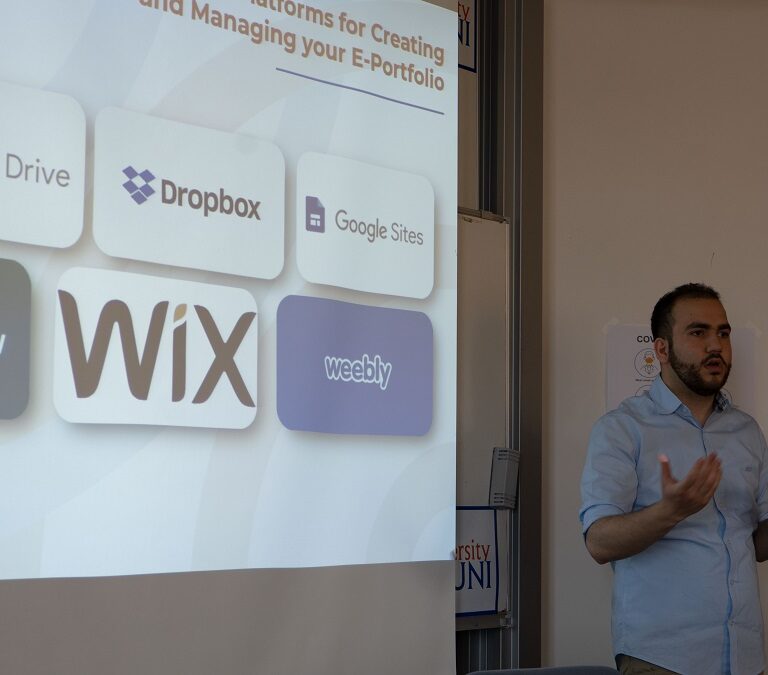In the digital age, understanding audience behavior and psychology is essential to your business’s success, especially marketing, and content creation. This knowledge helps communicate messages, enhance engagement, and develop loyalty. The following are key points of audience behavior and psychology that can contribute to the success of communication strategies.
- Basics of Audience Psychology
Cognitive Processes
- Perception: The way audiences interpret information through their senses. The strongest impact is visual and auditory stimuli of the audience.
- Attention: Capturing and engaging your audience’s attention is crucial. Factors like originality, simplicity, and relevance play significant roles.
- Memory: Easily recalled and memorable messages tend to have a lasting impact on the audience. Techniques like repetition and the use of mnemonic devices is crucial.

Emotional Responses
- Emotion and Decision-Making: Emotions have a heavy influence on audience decisions. Positive emotions can drive sales, while negative emotions can encourage action.
- Empathy: Creating content that inspires empathy can lead to meaningful connections and higher engagement levels.

- Factors Influencing Audience Behavior
Demographics
- Age: Different age groups have diverse preferences and consumption habits.
- Gender: Marketing messages often need to be customized in a way so they would appeal to different genders.
- Income and Education: Socioeconomic status can have an effect on access to information and purchasing motivation.

Psychographics
- Personality Traits: Und

- Values and Beliefs: Aligning your message with the core values and beliefs of your audience can boost relevance and impact.
- Lifestyle: Hobbies, interests, and daily routines influence how audiences perceive different content.
- The Role of Social Influence
Social Proof
- Testimonials and Reviews: Positive feedback from others can significantly impact audience behavior and build trust.
- Influencers: Collaborating with influencers who resonate with your target audience can boost your reach and amplify your credibility.

Group Dynamics
- Peer Pressure: People tend to conform to the behavior of their peer circles. Highlighting community engagement can be effective.
- Social Identity: Audiences often gravitate towards content and brands that comply with their social persona and group affiliations.
- Behavioral Triggers and Motivators
Cognitive Biases
- Anchoring: People depend heavily on the first received piece of infor-

- Exploit this to set the stage for your message.
- Scarcity: Limited availability creates a sense of urgency and drives action.
- Reciprocity: Offering something of value can result in a sense of obligation and increase the chances of a positive response.
- Intrinsic Motivation: Content that satisfies internal desires, such as personal growth or amusement, can be more engaging.
- Extrinsic Motivation: External incentives like rewards and discounts can drive behavior, especially in the short term.

- Practical Applications in Marketing
Content Creation
- Storytelling: Creating persuasive narratives can increase engagement and memorability of your message.
- Personalization: Adjusting content to individual preferences and behaviors can increase relevance and impact.
- Interactive Content: Quizzes, polls, and interactive videos can boost audience engagement and present insights into audience preferences.
- Community Building: Forming spaces for audience interaction, such as social media groups, can influence loyalty and advocacy.
Data-Driven Insights
- Analytics: Utilizing data analytics to understand audience behavior and modify strategies.
- A/B Testing: Experimenting with different strategy approaches to determine what resonates best with your objectives and audience.
Understanding audience behavior and psychology is a multi-dimensional effort that requires focus on cognitive processes, emotional feedback, social influences, and motivational factors. By employing these insights, you can generate effective communication and marketing strategies, enrich engagement, and form stronger bonds with your audience.






